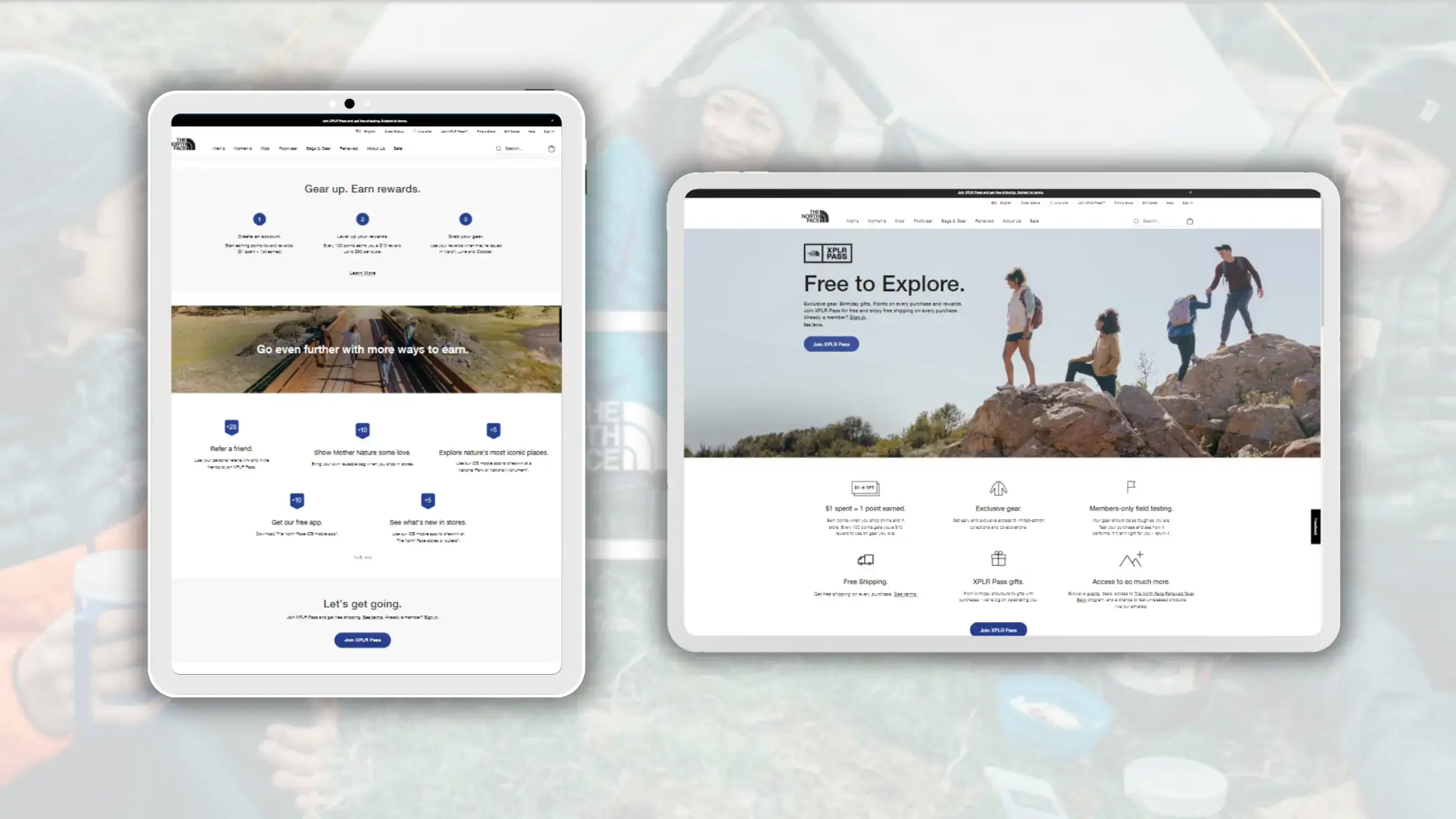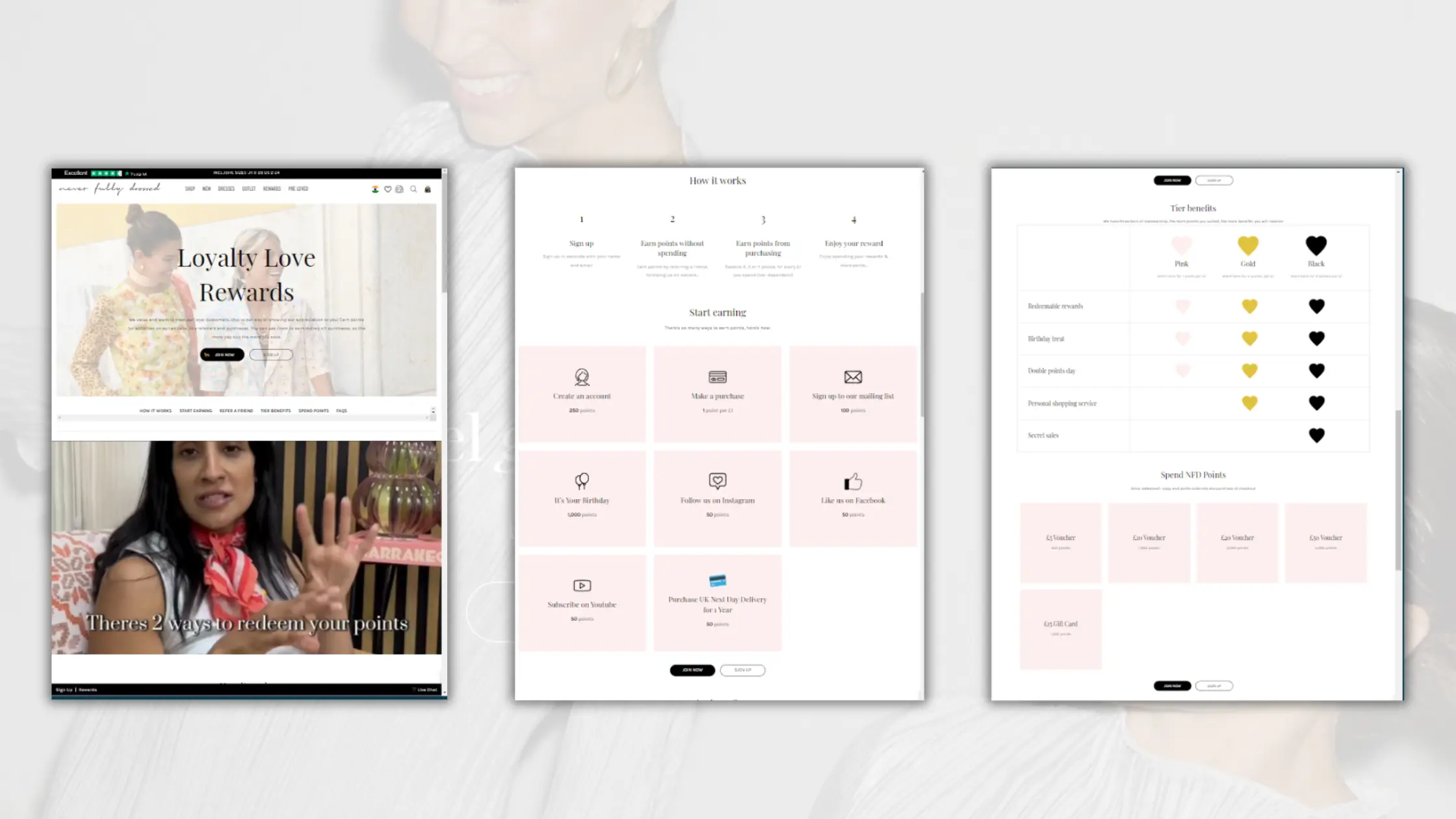Table of Contents:

Loyalty programs have become a powerful strategy for businesses looking to enhance customer retention, engagement, and lifetime value. Statistics show that companies with strong loyalty programs can significantly boost their customer retention rates. In fact, according to a report by Accenture, 57% of consumers spend more on brands to which they are loyal. Additionally, a study by Harvard Business Review found that increasing customer retention rates by just 5% can increase profits by 25% to 95%. These programs encourage repeat purchases and create emotional connections that convert casual shoppers into long-term advocates.
Another striking statistic from Zendesk shows that 66% of customers are willing to spend more with brands that deliver excellent customer service. This demonstrates the importance of integrating loyalty programs into an overall positive customer experience. With the rising popularity of customer loyalty programs, brands across various industries have crafted unique, innovative strategies to foster customer engagement and brand loyalty.
Loyalty programs are powerful tools that encourage repeat purchases and improve customer lifetime value. Beyond transactional rewards, successful loyalty programs create brand advocates by delivering personalized experiences and exclusive offers. Whether through points, tiers, or subscription models, these programs build strong emotional connections with customers.

The most effective loyalty programs share a few essential characteristics:
Personalization is crucial to delivering a customer-centric loyalty program. By leveraging customer data, brands can tailor rewards, offers, and recommendations that align with individual preferences and past behavior. This helps create a unique experience for each customer, increasing engagement and brand loyalty.
The key feature of the best loyalty programs is their user-friendliness and simplicity. Whether accessed through a mobile app or a website, customers should find it easy to sign up, track their points, and redeem rewards. A straightforward and intuitive user experience promotes increased customer engagement and satisfaction.
A seamless customer experience across multiple touchpoints—online, in-store, or via mobile—is essential for modern loyalty programs. Multichannel integration allows customers to earn and redeem points regardless of how they interact with the brand, ensuring consistent engagement.
Offering exclusive perks, such as early access to sales, VIP events, or limited-edition products, enhances the perceived value of the loyalty program. Exclusive rewards create a sense of privilege, making customers feel valued and strengthening their emotional connection with the brand.
Gamification makes loyalty programs more interactive and engaging. By incorporating elements like challenges, leaderboards, and badges, brands encourage customers to participate more frequently. Gamification taps into the natural human desire for competition and rewards, motivating customers to engage with the program regularly.
Tiered loyalty programs offer escalating rewards based on a customer’s level of engagement. As customers move up in the tiers, they unlock more valuable benefits, such as higher point-earning rates, exclusive offers, and premium services. This system incentivizes continued engagement and fosters long-term loyalty.
Here are the top examples of loyalty programs that have successfully driven customer retention and engagement.
Sephora’s Beauty Insider program is one of the most successful loyalty programs in the beauty industry. The program operates on a tiered system, divided into three levels: Insider, VIB (Very Important Beauty), and Rouge. Customers earn points with every purchase, which they can redeem for beauty products or exclusive experiences. What sets Sephora’s program apart is the variety of rewards, including early access to sales, birthday gifts, and invitations to exclusive events. This tiered structure encourages customers to make more frequent purchases to unlock higher-tier benefits, creating a cycle of continued engagement.

Starbucks Rewards is widely recognized as one of the most engaging customer loyalty programs. Customers earn stars for every purchase they make using the Starbucks app, and these stars can be redeemed for free food or beverages. The app also offers personalized recommendations and promotions, enhancing the customer experience. Additionally, the convenience of mobile ordering and payment, combined with regular reward incentives, keeps customers returning to Starbucks time and again. Starbucks’ seamless integration of mobile technology with its loyalty program has made it a model for other businesses aiming to drive customer engagement.

Amazon Prime is a loyalty program unlike any other. Rather than a traditional points system, it operates on a subscription-based model. Prime members enjoy benefits such as free shipping, access to Amazon’s streaming service, and exclusive deals. The program’s success lies in the convenience and value it provides: Prime members spend significantly more than non-members. According to Consumer Intelligence Research Partners (CIRP), Prime members spend an average of $1,500 annually, compared to $625 for non-members. This demonstrates how providing continuous value through exclusive benefits leads to deeper customer loyalty and increased revenue.

IKEA Family stands out by focusing on practical value and creating a sense of community. Members of the loyalty program receive discounts on products, access to special offers, and free coffee or tea during store visits. In addition, IKEA Family members are invited to exclusive workshops and events, giving customers a sense of belonging. The program emphasizes emotional engagement, helping to strengthen the connection between IKEA and its customers beyond transactional interactions.

The North Face’s XPLR Pass is a loyalty program that appeals directly to its customer base of outdoor enthusiasts. Members earn points not only for purchases but also for participating in brand-related activities, such as attending outdoor events or submitting product reviews. Points can be redeemed for exclusive gear or experiences, and the program allows members to donate points to environmental causes. This alignment with the brand’s sustainability mission makes the XPLR Pass more than just a rewards system—it’s a community for like-minded individuals passionate about outdoor exploration and environmental advocacy.

7-Eleven’s loyalty program focuses on simplicity and instant gratification. Members earn points with every purchase, which they can quickly redeem for snacks or drinks. The program also incorporates gamification and personalized offers, which keeps customers engaged and coming back. Its success lies in its ease of use and the frequency of purchases, making it a perfect fit for a convenience store model.

Nike’s membership program is not only about rewards—it’s about creating a fitness community. Nike members enjoy exclusive access to limited-edition products, personalized workout plans through the Nike Training Club app, and invitations to local fitness events. The program offers a holistic approach to customer engagement by supporting members in their fitness journeys, while simultaneously fostering brand loyalty. Nike’s program is a great example of how businesses can integrate lifestyle and community into their loyalty initiatives.

Hilton Honors is a loyalty program designed for frequent travelers. With a tiered structure, customers earn points that can be redeemed for hotel stays, room upgrades, and other travel experiences. Higher-tier members enjoy added perks, such as complimentary breakfast and late checkouts. Hilton’s ability to reward customers based on their level of engagement makes its program a perfect example of how tiered loyalty systems can be used to cultivate long-term relationships with high-value customers.

McDonald’s has adapted its loyalty program to the digital age with MyMcDonald’s Rewards. The program uses the mobile app to let customers earn points with every purchase, which they can redeem for food items. The app also tailors deals to each customer based on their preferences, increasing engagement through personalization. McDonald’s has demonstrated how a brand with a global presence can use digital tools to create a personalized, engaging loyalty experience.

Never Fully Dressed, a UK-based fashion brand, has developed a loyalty program called LoyaltyLove. It operates on a tiered system, with customers moving through three levels: Something Sassy, Strikingly Sassy, and Supremely Sassy. The more customers spend, the higher they climb through the tiers. Top-tier members receive exclusive perks like early access to sales and surprise gifts. This program encourages repeat purchases and provides customers with a personalized shopping experience that strengthens brand loyalty.

These 10 successful loyalty program examples demonstrate how powerful customer retention strategies can be when implemented effectively. From tiered systems like Sephora’s Beauty Insider to the community-driven model of Nike’s membership, loyalty programs allow brands to enhance customer engagement, increase lifetime value, and build emotional connections. However, many growing e-commerce businesses struggle with creating and managing a loyalty program that fits their needs without requiring extensive resources or technical expertise. How can you design, launch, and optimize a program that drives results without being overly complex?
This is where 99minds can help. It offers an intuitive, scalable platform designed to make implementation seamless and cost-effective. With 99minds, you can easily customize your loyalty offerings, track customer engagement, and maximize retention without a heavy investment in time or money.
